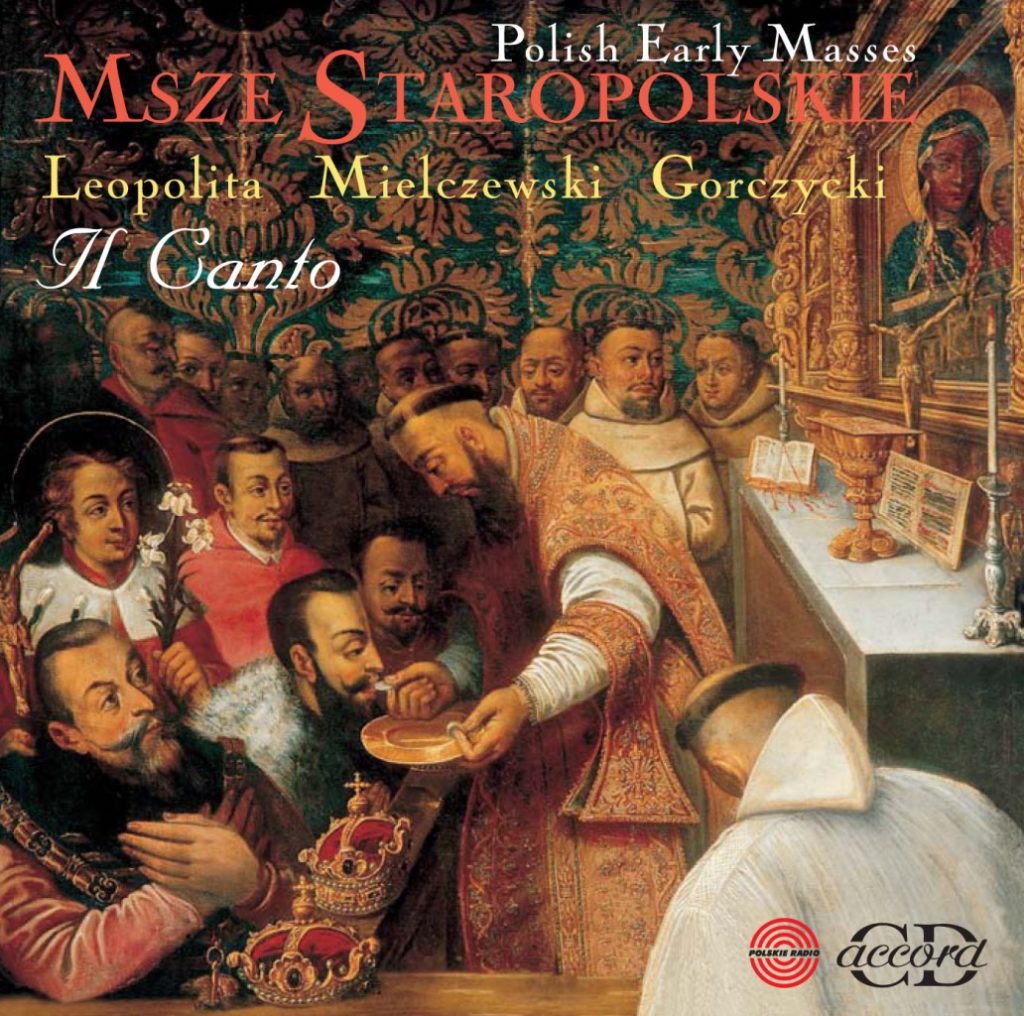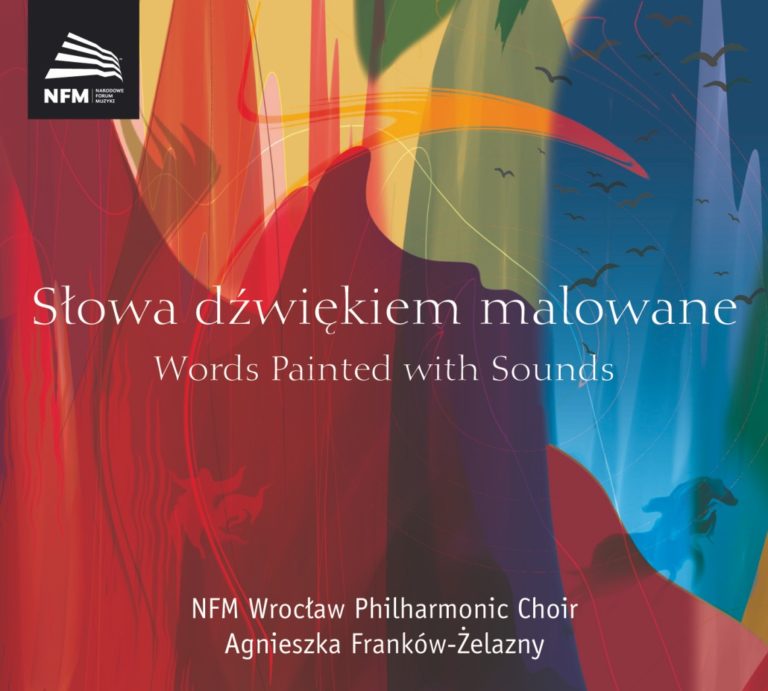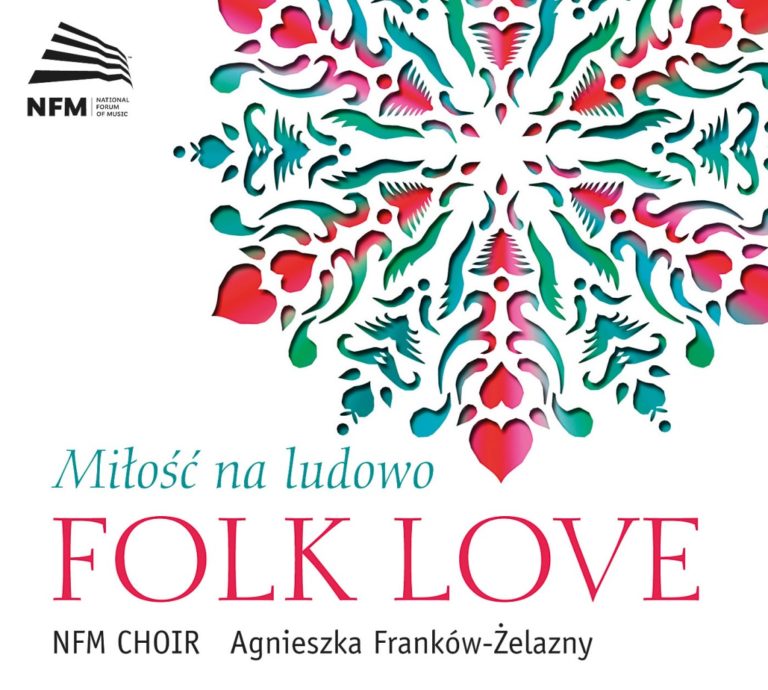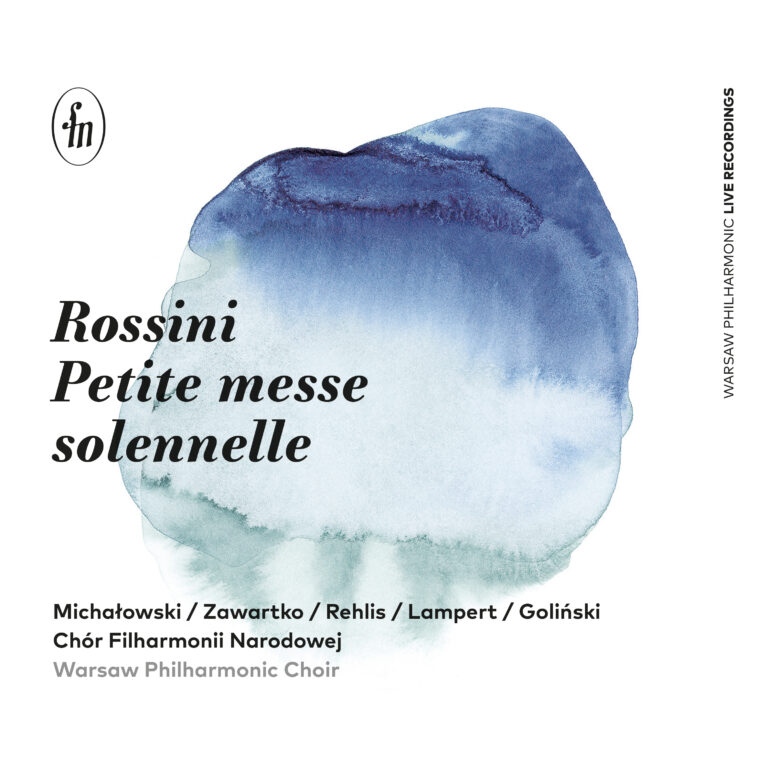
Early Polish Masses
Barbara Janowska – soprano
Wanda Laddy – soprano
Robert Lawaty – countertenor
Krzysztof Szmyt – tenor
Cezary Szyfman – baritone
Michał Straszewski – bass
Jarosław Malanowicz – chest organ
RELEASE DATE: 1996
CATALOGUE NO. ACD 018
GENRE: choral music / vocal ensemble
Seen against its period Leopolita’s Missa Paschalis is a typical example of “high” renaissance polyphony, as written in 1560−1580 when certain standards of western music had been established. The mass is scored for five voices (not, as previously, four) used throughout the work (the Pleni, Benedictus and Agnus Dei II formerly had a reduced number of voices) and does without the dialogues of voice pairs (high – low) so often used by Josquin Desprez and some of his successors. The melodic structure of the Mass is very vocal in nature: soft and appealingly melodious, balanced and – on the whole – free of pronounced contrast. No longer excessively melismatic as was the case with works by the Northern masters, it is fully natural, oscillating between the lyrically swelling (Kyrie) and the vividly declamatory (Gloria) with the voices sometimes tracing broader melismatic arcs (Sanctus). Leopolita is equally comfortable with imitative polyphony which was the basis for the counterpoint of the time and free polyphony, consisting in the imaginative development of five independent and equivalent voices, as well as nota contra notam counterpoint (vertical chords), which he sometimes uses to underscore a selected part of the text. In his Missa Paschalis Leopolita shows himself to be one of those artists who carefully study the liturgical text and try to translate its fundamental message into musical terms. Sometimes the idea is simple, as when the highest voice, or cantus, is made to sing drawn out sounds, distinct from the small rhythmic values of the other voices (e.g. et homo factus est from the Credo, Pleni sunt coeli or Benedictus −the last being a fine example of using the third fragment of the first song in the augmentation). Elsewhere we find rhetorical concepts typical for sound painting: a long, slowly falling phrase on the words descendit de caelis, or the energetic upward movement of the octave on the word Altissimus. A diffe− rent role altogether is given to ideas derived from theological−musical symbolism, expressing the unity of Father and Son (Gloria). Thus, an identical phrase accompanies the words Deus pater, Jesu Christe and Domine Deus. A second and no less important phrase supplementing the first is associated with the words: Domine Fili unigenite and Agnus Dei Filius Patris.
As his Marian Mass attests, Mielczewski was as fluent in the rhetorical vocabulary of the late Renaissance (sometimes rooted deep in mediaeval numerology) as he was in the one used in his time. A period – let us add – interested more than any other in music as an expression of the “affections of the soul” (“l’affetioni dell’animo” was Monteverdi’s term). The rhetorical concepts contained in the Missa super “O gloriosa Domine” are manifold. The simplest and most obvious allude to sound painting rendering the direction of the narrative (“descendit” “ascendit”) or “Altissimus”(the supreme). Others rely on almost mediaeval ideas such as when the “Domine Fili unige− nite” (Gloria) is sung by two voices which finally converge in unison, thus reflecting the unity of Father and the only−begotten Son. Similar symbolism is to be found in the Credo where “Qui ex Patre et Filioque procedit” (words manifesting the essence of the Holy Trinity) are sung by three voices in tripartite metre with three notes per measure. There are also other ideas relating to the emotional dimension which are essentially humanist in spirit (to mention only the Crucifixus with its chromatics and “modern” combination of mediant chords (separated by a third interval e.g. G and E). Kept in the same vein is the suppliant “miserere nobis” (Gloria) with expressively dissonant suspensions. It is also worth noticing the melodic beauty of the Sanctus with its serene flow of voices and imitative texture. The Benedictus, a beautiful evocative duet for first tenor and alto provides additional evidence of Mielczewski’s refined sensibility and his knowledge of the great masses of the past (especially Franco−Flemish ones) where the Benedictus was often given the form of a duet.
The Missa Paschalis evokes late Renaissance counterpoint more as an idea than a set of strict principles. Gorczycki was too much a man of his time to do so, having experimented with the concertante technique, contemporary harmonic idiom and the melodic contrasts typical of the Baroque era. Even when composing in stile antico he embellished his masses with many concepts unknown to Renaissance music.
Unlike late Renaissance masses the Easter Mass is by no means uniform. Its Kyrie is based on a melody taken from the Gregorian mass In tempore paschali, which appears in the long drawn out tenor voice reminiscent of earlier masses with cantus firmus. It also finds its way into other parts of the work, making the Kyrie a lyrical meditation full of collected calm.
MARCIN LEOPOLITA (?-1589)
Missa Paschalis
1. Kyrie 2:00
2. Gloria 3:49
3. Credo 6:35
4. Sanctus. Benedictus 3:11
5. Agnus Dei 2:54
MARCIN MIELCZEWSKI (1600-1651)
Missa Super “O Gloriosa Domina”
6. Song 1:50
7. Kyrie 0:55
8. Gloria 4:00
9. Credo 6:18
10. Sanctus. Benedictus 2:47
11. Agnus Dei 1:12
GRZEGORZ GERWAZY GORCZYCKI (1665-1734)
Missa Paschalis
12. Kyrie 4:45
13. Gloria 3:58
14. Sanctus. Benedictus 4:08
15. Agnus Dei 1:46
Total time: 50:32



